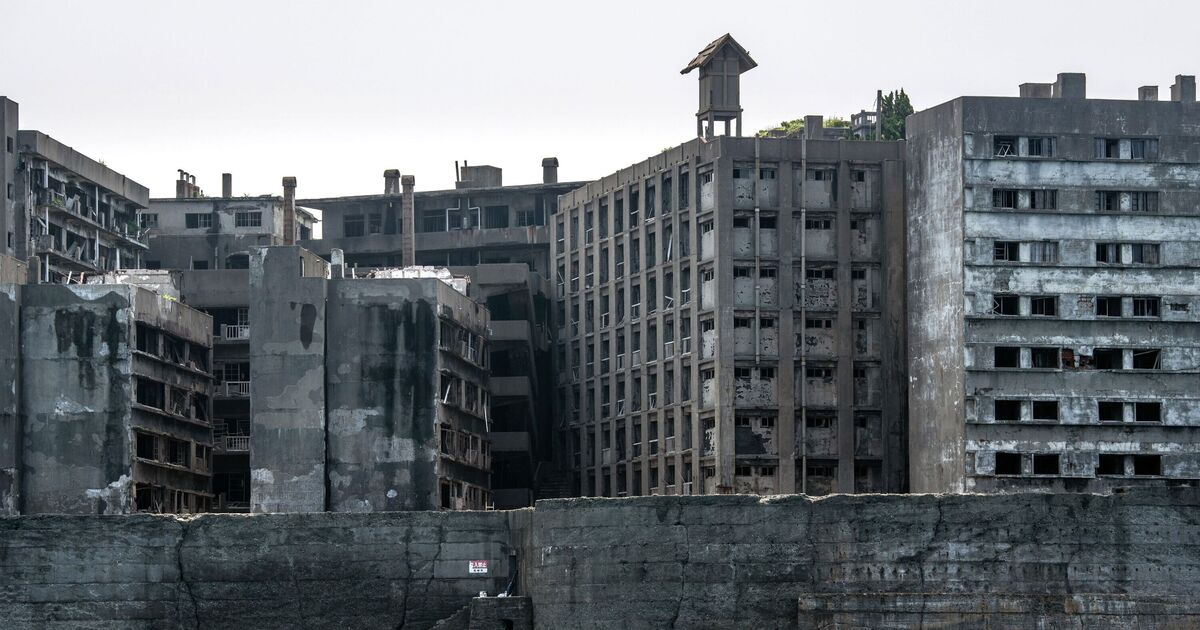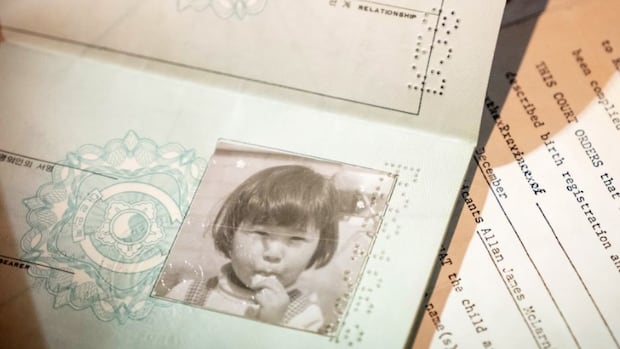An island in Nagasaki Prefecture, Japan, has been abandoned for over half a century, but retains the eerie architecture of its once bustling past.
Hashima Island is among 505 uninhabited islands in Nagasaki, but stands out as an unlikely tourist destination – despite its grim history.
Trips to the island, which is also known as Gunkanjima or “Battleship Island” due to its shape, are limited due to variable weather conditions and the popularity of the site.
People also aren’t permitted to visit Gunkanjima alone – which may not be an unwelcome rule if you’ve seen pictures of its post-apocalyptic landscape.
Vistors have to travel in groups due to the structural instability of the island, which was abandoned from the mid 1970s.
The island had been a major coal mining hub in 1800s, due to its rich coal reserves. In 1890, the island was bought by Japanese engineering giant Mitsubishi during a period of rapid industrialisation in Japan, and a community was built for its workers and their families.
In its heyday, residents of the 16-acre island lived in apartment blocks, and homes equipped with cutting edge technology. Locals, who had significantly higher salaries than many people on the mainland, were able to send their children to a nearby school, and enjoy amenities including communal baths, a pool, gardens and a clubhouse.
But the harsh sea air and fumes from the mines meant it wasn’t as utopian as it may have appeared, resulting in widespread respiratory illness.
The buildings also had to be built to withstand the typhoons that hit the area, and continue to prevent trips to the island in late summer and early autumn.
The island was envetually abandoned after the coal reserves were exhausted leaving only the ruined shell of a once vibrant and wealthy community.
Tourists were first allowed back onto the island in 2009 as Japan asked for it to be included in the UNESCO World Heritage Site list, and the UN agency considered bestowing the designation in recognition of the country’s Industrial Revolution.
But South Korea took issue with a move, due to a dark aspect of Hashima’s past it said Japan had resisted acknowledging, that Korean and Chinese workers conscripted during Japan’s long colonial domination were forced to work there as slave labourers, as per The Times.
Hashima was later included on the UNESCO list but only after Japanese officials finally agreed to recognise what took place on the island.
Japan admitted “there were a large number of Koreans and others who were brought against their will and forced to work under harsh conditions in the 1940s” on the island. However, Japan’s handling of this chapter in its history continues to be a fraught issue between the two countries.
But despite the ugly aspects of Hashima’s past, it remains a place of intrigue for visitors to Japan. It’s surreal aura even caught the tension of filmmaker Sam Mendes, who used it as a location for in the 2012 James Bond film he directed, Skyfall.












